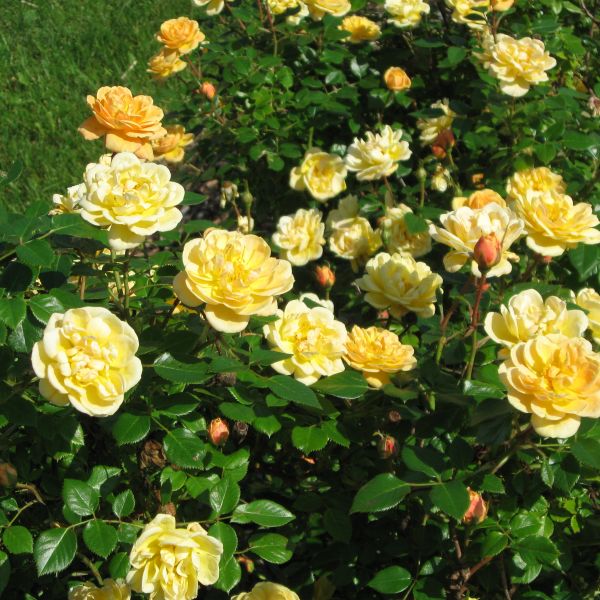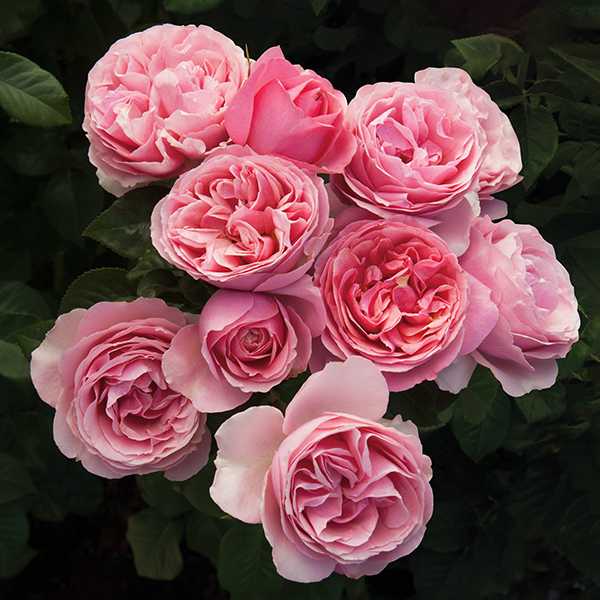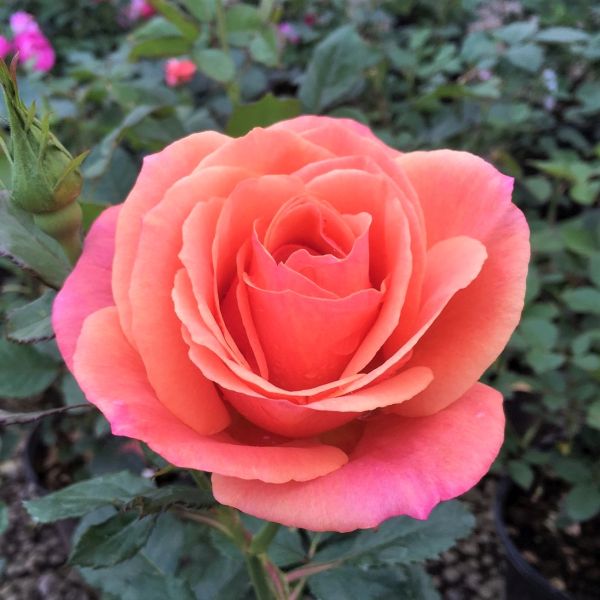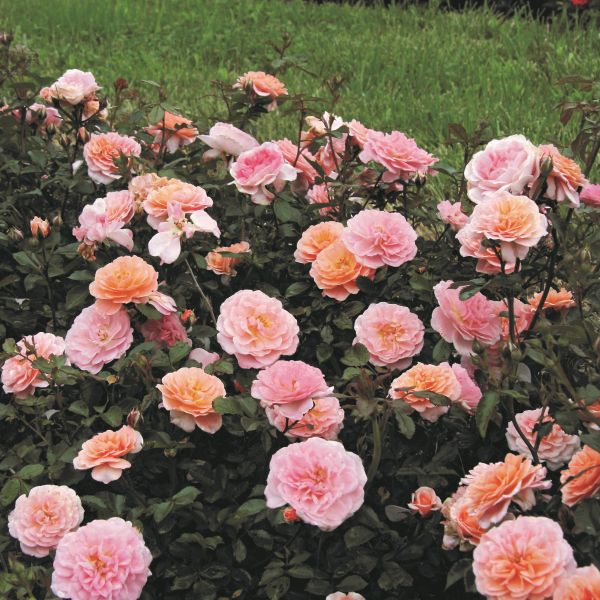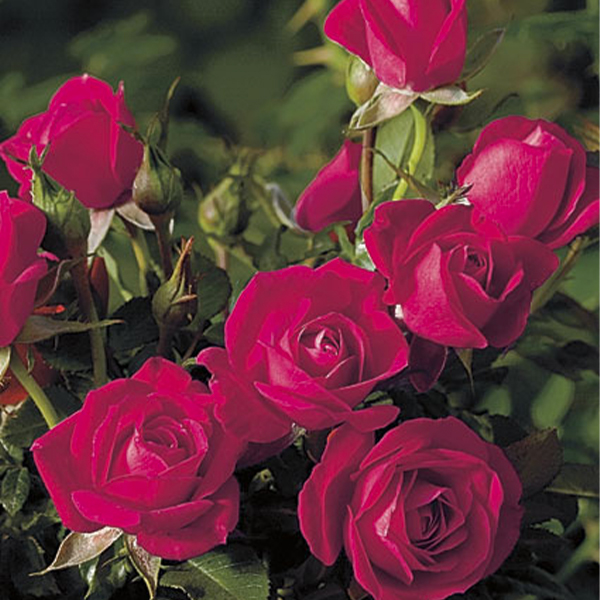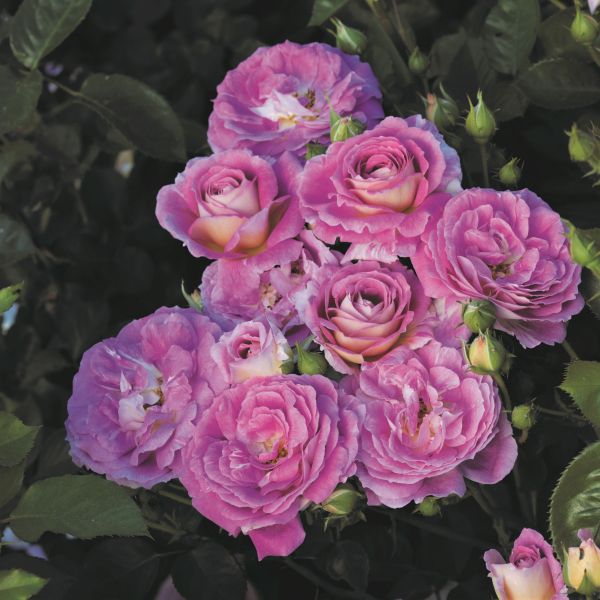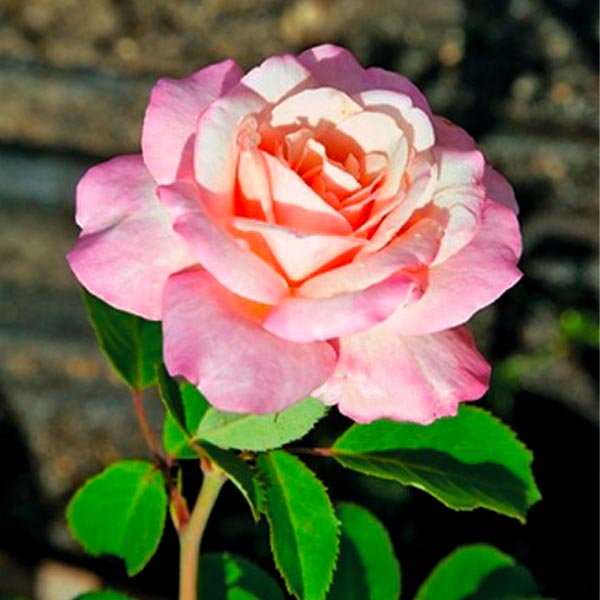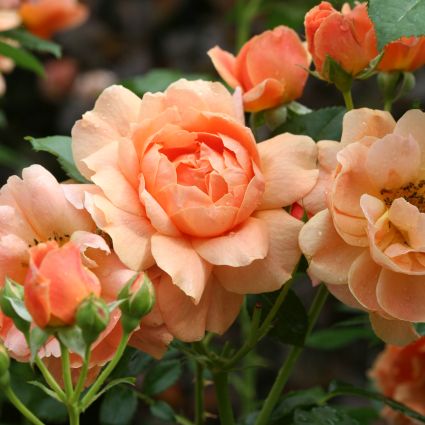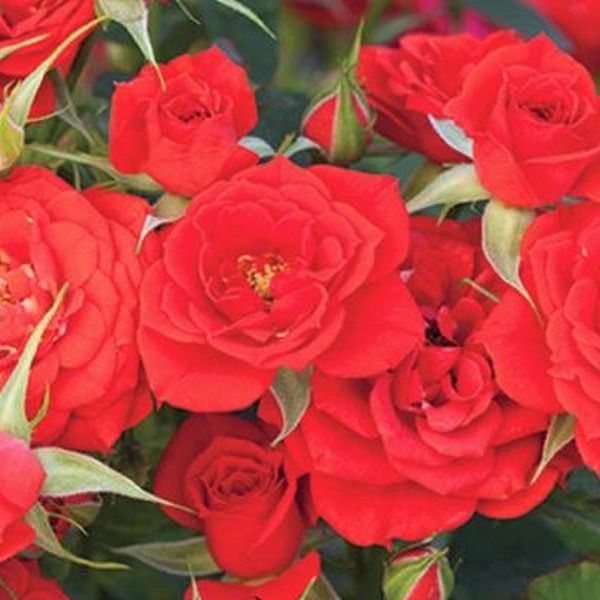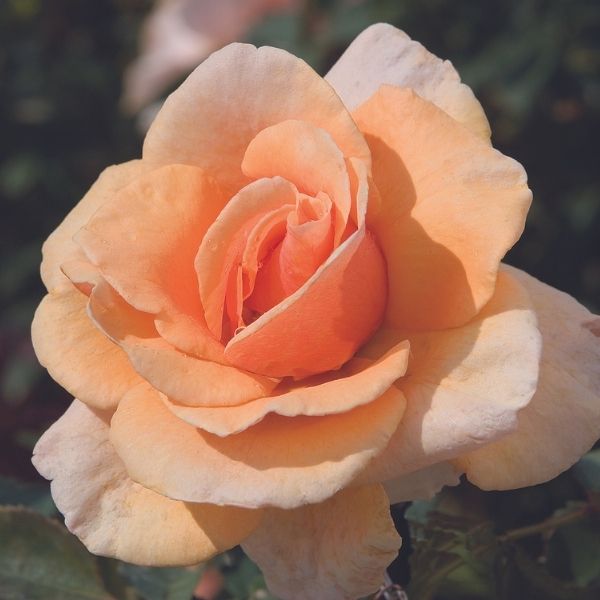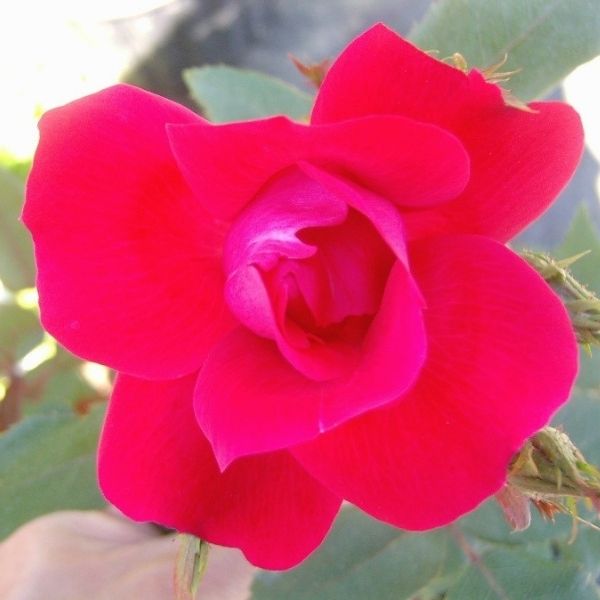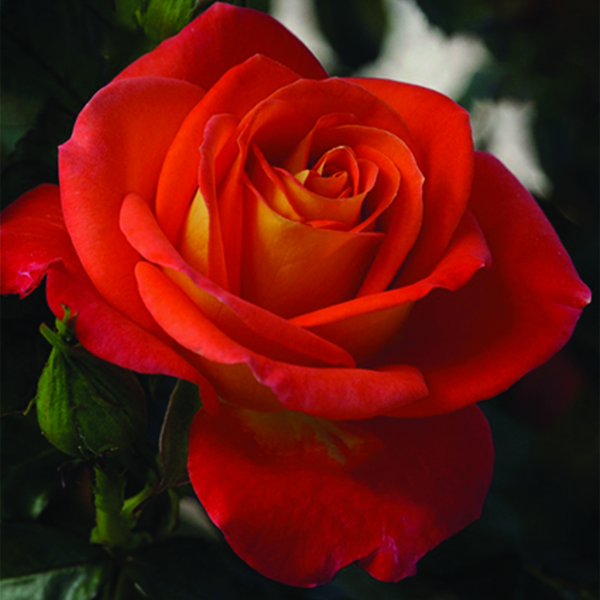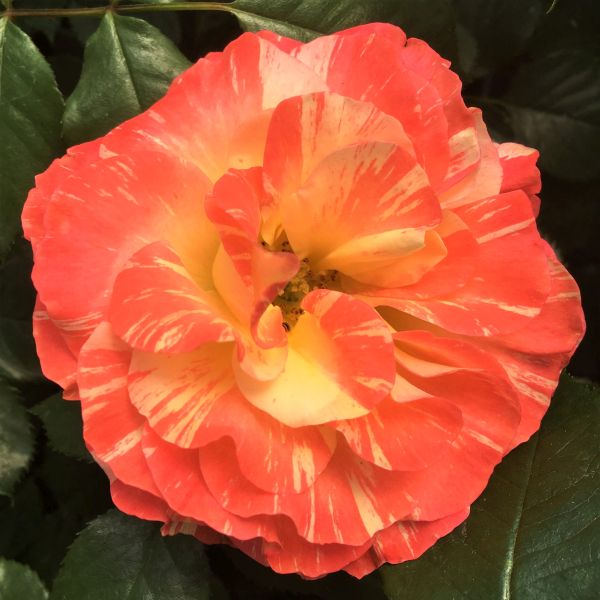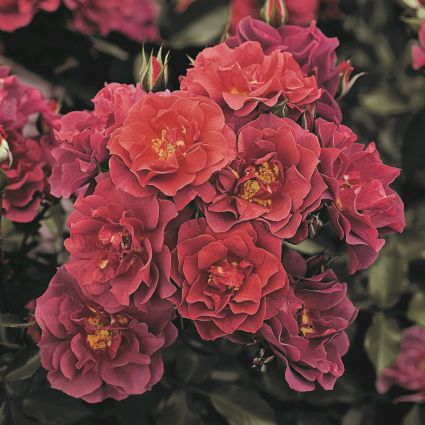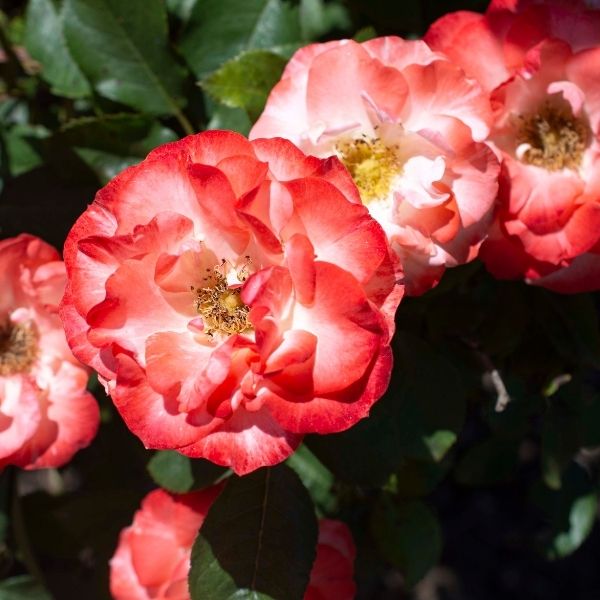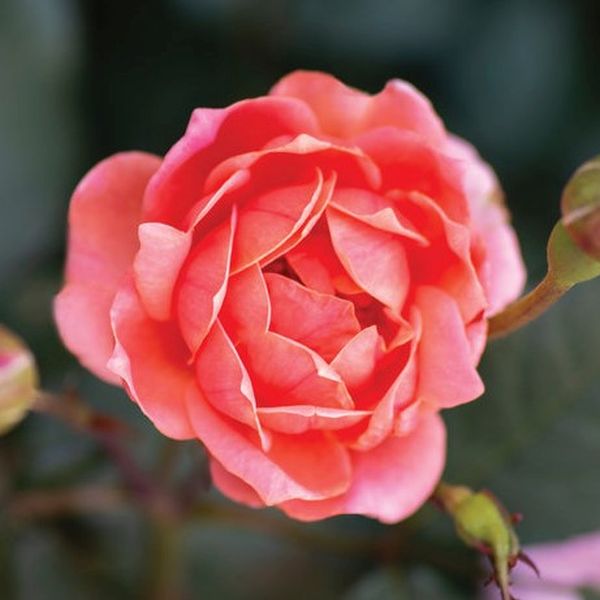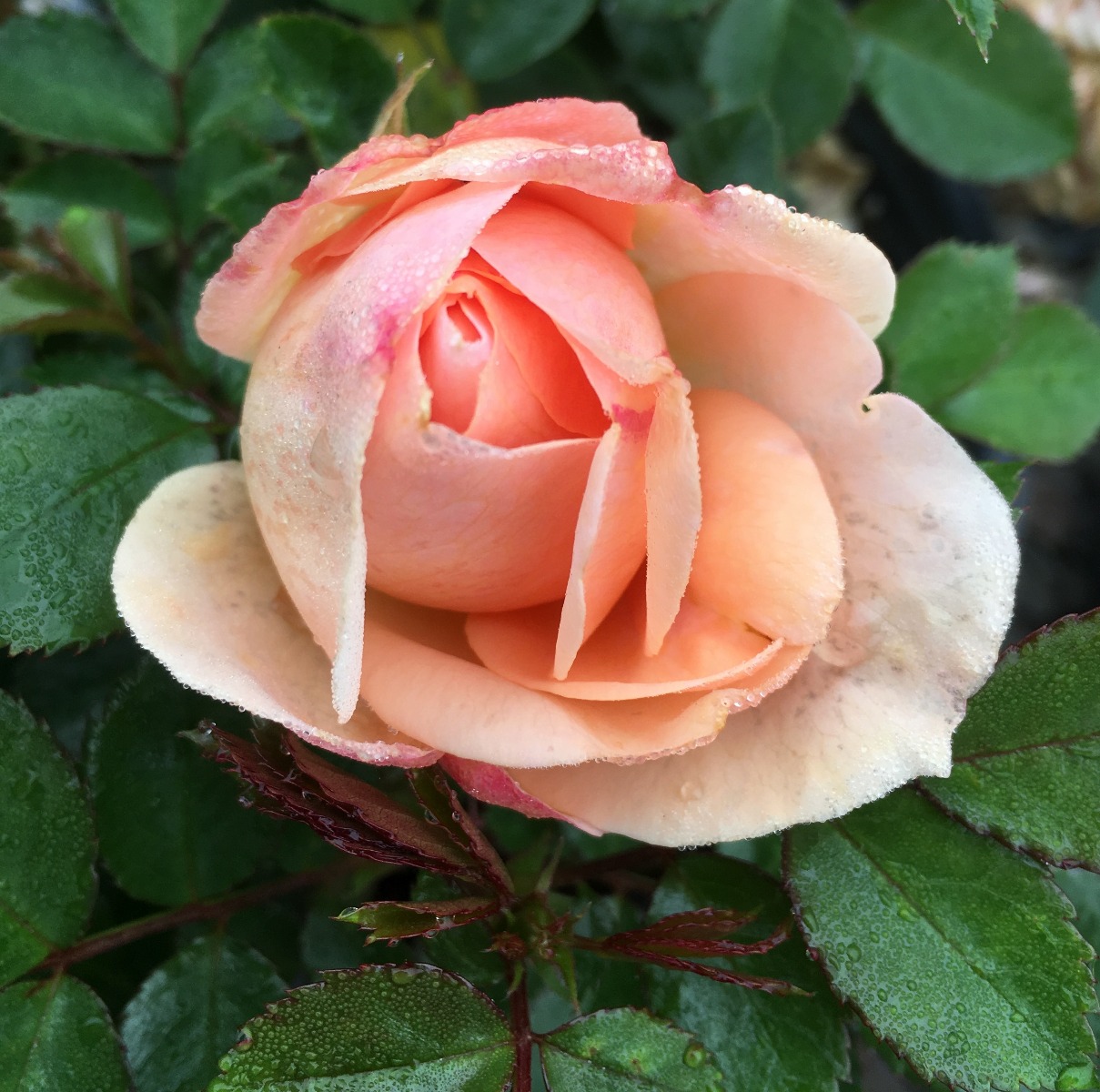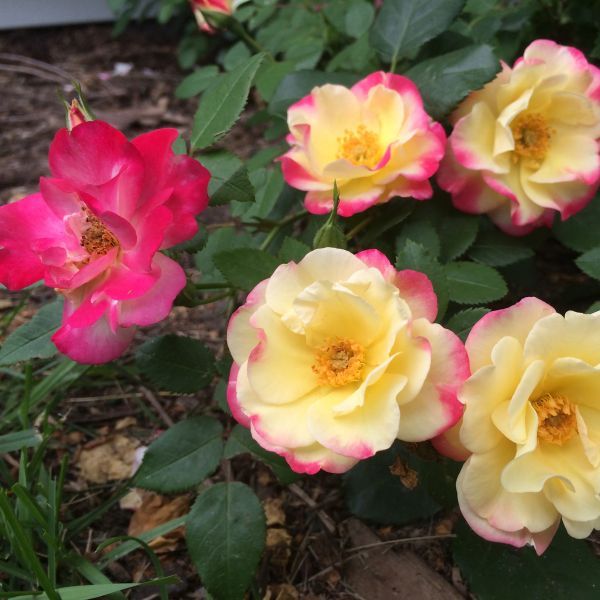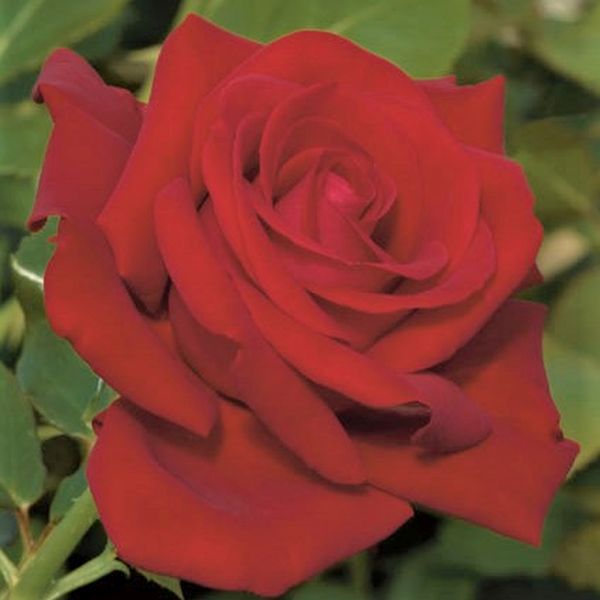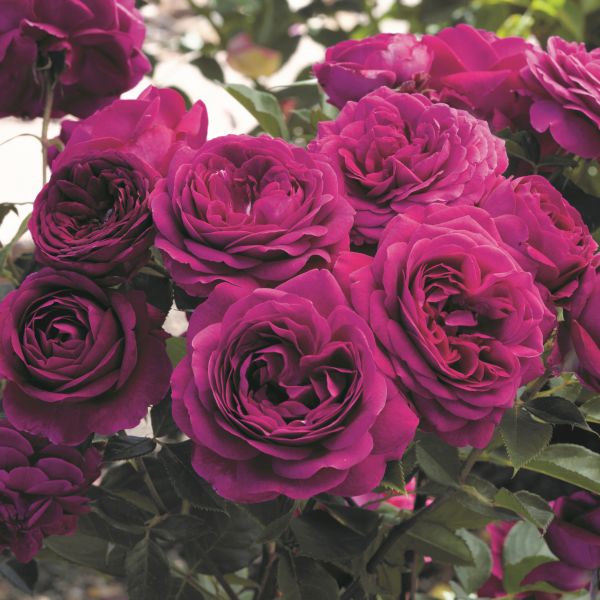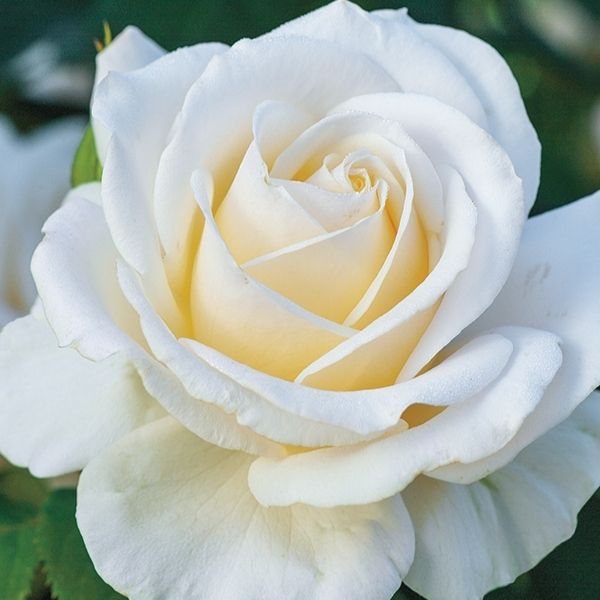
Persian Yellow Rose
Rosa foetida persiana
12 reviews

Persian Yellow Rose
Rosa foetida persiana
12 reviews
$100.00
$142.86
30% Off
2.5 Gallon
We are sorry, product is currently out of stock due to seasonal availability. Please check the "Related plants available in your area" section below
Why Persian Yellow Rose?
The Persian Yellow Rose, also known as Rosa foetida persiana, is highly valued for its vibrant yellow flowers. It has strong cultural significance in Persia, where it is considered a national emblem. This rose species is prized for its intense color and unique fragrance. Additionally, it has a long blooming period, making it a popular choice for gardens and floral arrangements.
Related plants available in your area
Sunlight
Persian Yellow Rose typically requires full sunlight for at least 6-8 hours per day in order to thrive and produce abundant blooms.
Watering
The watering requirement for the Persian Yellow Rose is moderate. It should be watered deeply and regularly, allowing the soil to dry out slightly between watering sessions. Overwatering should be avoided to prevent root rot.
Fertilizing
The fertilizer requirement for Persian Yellow Rose may vary depending on soil conditions and the specific needs of the plant. It is recommended to provide a balanced fertilizer with equal parts of nitrogen (N), phosphorus (P), and potassium (K) during the
Persian Yellow Rose (Rosa foetida persiana)
The Persian Yellow Rose, scientifically known as Rosa foetida persiana, is a rare and exquisite flowering plant that belongs to the Rosaceae family. This exceptional rose variety is distinguished by its striking yellow blooms and powerful fragrance. With its unique characteristics, it is a coveted addition to any garden or floral arrangement.
Features:
- Color: The Persian Yellow Rose offers a mesmerizing display of brilliant yellow petals. Its radiant and vibrant hue brings a warm and sunny atmosphere to any setting.
- Fragrance: One of the most alluring qualities of this rose is its strong, sweet fragrance. The captivating scent enhances its already stunning beauty and creates a delightful atmosphere in any garden.
- Growth: The Persian Yellow Rose is a deciduous shrub that typically grows to a height of 6-8 feet. It forms arching canes adorned with numerous thorny stems, giving it a charming and robust appearance.
- Resilience: This rose variety is known for its ability to withstand various growing conditions. It adapts well to different soil types and is relatively tolerant of drought, making it an ideal choice for both experienced and novice gardeners alike.
- Blooming Season: The Persian Yellow Rose blooms profusely in late spring to early summer, covering the plant with a blanket of beautiful flowers. Its captivating blossoms are sure to captivate any observer.
- Uses: Apart from its aesthetic value, the Persian Yellow Rose can be used to create stunning floral arrangements and bouquets. Its long stems and captivating hue make it a favorite choice for weddings, special occasions, and other celebrations.
Care Instructions:
To ensure the Persian Yellow Rose thrives and provides years of natural beauty, follow these care instructions:
- Planting: Choose a well-draining soil location that receives a minimum of six hours of direct sunlight per day. Dig a hole slightly larger than the root ball, place the rose in the hole, and backfill with soil.
- Watering: Water regularly, keeping the soil consistently moist but not waterlogged. Avoid overwatering or allowing the roots to sit in standing water.
- Pruning: Prune the rose in late winter or early spring to promote healthy growth and remove dead or damaged branches. Additionally, deadhead spent blooms to encourage new flower production.
- Fertilizing: Apply a balanced rose fertilizer in spring and again in mid-summer to provide necessary nutrients.
- Pests and Diseases: While generally disease-resistant, keep an eye out for common rose pests like aphids, spider mites, and powdery mildew. Treat any issues promptly with appropriate organic or chemical solutions.
With its captivating beauty and intoxicating fragrance, the Persian Yellow Rose is a must-have for every rose enthusiast and garden lover. Add this cherished rose variety to your landscape, and experience its stunning blooms and delightful aroma for yourself.
Plant Information:
| Botanical Name: | Rosa foetida persiana |
| USDA Zones: | 3-8 |
| Water: | Moderate |
| Exposure: | Full Sun |
| Soil Needs: | Well Drained |
| Mature Height: | 4 - 6 feet |
| Mature Spread: | 4 - 6 feet |







Pollination Info
Pollination Information for Persian Yellow Rose (Rosa foetida persiana)
The Persian Yellow Rose (Rosa foetida persiana) is a stunning rose variety known for its vibrant, yellow blooms. Like all roses, it requires proper pollination for successful reproduction and fruit set. Here is some detailed information about its pollination:
1. Self-Pollination:
While Persian Yellow Roses have the ability to self-pollinate, their natural pollination method involves cross-pollination with the help of external pollinators. Self-pollination can occur if no other suitable pollinators are present.
2. Cross-Pollination:
Cross-pollination is the most effective way for Persian Yellow Roses to reproduce. It occurs when pollen from the stamens of one flower is transferred to the stigma of another flower on a different plant. Cross-pollination allows for genetic diversity, resulting in healthier offspring.
3. Pollinators:
Persian Yellow Roses are primarily pollinated by various insects such as bees, butterflies, and hoverflies. These insects are attracted to the bright, fragrant blooms and inadvertently transfer pollen as they move from flower to flower in search of nectar.
4. Flower Anatomy:
To understand pollination, it is crucial to know the anatomy of a Persian Yellow Rose flower:
- Stamens: These are the male reproductive organs of the flower, consisting of slender filaments topped with anthers that release pollen.
- Pistil: The pistil is the female reproductive organ, comprising the stigma, style, and ovary.
- Stigma: The sticky, bulbous tip of the pistil that collects pollen.
- Pollen: Powdery substance containing male reproductive cells.
5. Pollination Process:
The process of pollination in Persian Yellow Roses typically occurs as follows:
- 1. An insect lands on a Persian Yellow Rose flower to collect nectar.
- 2. Pollen from the stamen of the flower sticks to the insect's body.
- 3. The insect moves to another flower, brushing against the stigma in the process.
- 4. Pollen grains transfer from the insect's body to the stigma, fertilizing the flower.
- 5. The fertilized flower develops into a fruit (rose hip) containing seeds.
6. Importance of Pollination:
Pollination is vital for the reproduction and genetic diversity of Persian Yellow Roses. Without proper pollination, the flowers may not produce fruit or viable seeds, resulting in the inability to propagate the plant naturally.
7. Enhancing Pollination:
To attract more pollinators and enhance the pollination process, consider implementing the following:
- Plant Diversity: Surround your Persian Yellow Rose plants with a diverse array of flowering plants and herbs to attract a wider range of pollinators.
- Avoid Pesticides: Minimize the use of pesticides as they can harm or repel pollinators.
- Water Source: Provide a nearby water source like a shallow birdbath to attract pollinators.
Remember that proper pollination plays a crucial role in the overall health and success of Persian Yellow Roses. By creating a pollinator-friendly environment, you can enjoy the beauty and abundance of these delightful flowers.
FAQ
Persian Yellow Rose (Rosa foetida persiana) - FAQs
Q: What is Persian Yellow Rose?
A: Persian Yellow Rose (Rosa foetida persiana) is a type of rose that is characterized by its vibrant yellow flowers and strong fragrance. It is a species of the wild rose and is popularly grown for ornamental purposes.
Q: How tall does Persian Yellow Rose grow?
A: Persian Yellow Rose typically grows to a height of 5 to 6 feet (1.5 to 1.8 meters) tall. However, it may vary depending on the growing conditions and the care provided.
Q: When does Persian Yellow Rose bloom?
A: Persian Yellow Roses bloom in early to mid-summer. The exact timing may vary slightly depending on the climate and geographical location.
Q: How often should I water Persian Yellow Rose?
A: Persian Yellow Roses prefer well-drained soil. Water the plant deeply once or twice a week, depending on the weather and soil moisture. Make sure the soil is slightly damp but not waterlogged.
Q: What type of sunlight does Persian Yellow Rose need?
A: Persian Yellow Rose thrives in full sun to partial shade. It requires at least 6 hours of direct sunlight each day for optimal growth and blooming.
Q: How do I fertilize Persian Yellow Rose?
A: Fertilize Persian Yellow Rose in early spring using a balanced rose fertilizer. Follow the instructions on the fertilizer packaging for the proper dosage. Repeat the fertilizer application every 4 to 6 weeks during the growing season.
Q: Can Persian Yellow Rose tolerate cold winters?
A: Persian Yellow Rose is hardy to USDA zones 4-9, which means it can tolerate cold winters and survive temperatures down to -30°F (-34°C) when properly protected. However, in colder regions, providing some winter protection like mulching can be beneficial.
Q: How do I prune Persian Yellow Rose?
A: Pruning Persian Yellow Rose should be done in late winter or early spring, before new growth begins. Remove any dead, diseased, or damaged canes. Cut back the remaining canes by about one-third of their length to encourage new growth and maintain a compact shape.
Planting & Care
Persian Yellow Rose (Rosa foetida persiana)
Planting
1. Choose a sunny spot in your garden with well-drained soil for planting the Persian Yellow Rose. 2. Dig a hole that is wide and deep enough to accommodate the root ball of the rose plant. 3. Remove any weeds or grass from the planting area and loosen the soil. 4. Place the rose plant in the hole, making sure that the bud union (the swollen part where the rose plant was grafted) is above the soil level. 5. Fill the hole with soil, gently firming it around the roots to eliminate air pockets. 6. Water the rose plant thoroughly after planting to settle the soil.Care
Watering
- Water the Persian Yellow Rose deeply once or twice a week during the growing season. - Ensure that the soil is moist but not waterlogged. Avoid overwatering, as it can lead to root rot. - Reduce watering in cooler months when the rose plant is dormant.Fertilizing
- Apply a balanced rose fertilizer in early spring before the new growth begins. - Repeat the application every 4-6 weeks during the growing season, following the manufacturer's instructions. - Water the plant well after fertilizing to prevent root burn.Pruning
- Prune the Persian Yellow Rose in early spring, just before the new growth starts. - Remove any dead or damaged wood. - Shape the plant by pruning back any long or leggy stems. - Cut back any old or weak canes at their base to encourage new growth. - Remove any suckers that may arise from the bud union.Pest and Disease Control
- Regularly inspect the rose plant for common pests such as aphids, spider mites, and rose slugs. - Treat any pest infestations with an appropriate insecticide or by using organic pest control methods. - Provide good air circulation around the plant to prevent fungal diseases. - If necessary, apply a fungicide to control diseases such as black spot or powdery mildew.Winter Protection
- Mulch around the base of the rose plant with a layer of organic mulch, such as straw or wood chips, in late fall. - The mulch helps insulate the roots and protect them from extreme temperatures. - In colder climates, consider providing additional protection by wrapping the rose plant with burlap or using rose cones. Remember to regularly monitor the Persian Yellow Rose for any signs of stress or disease, and take appropriate action promptly. With proper care, this rose variety will reward you with stunning yellow blooms throughout the growing season.Check Out These Verified Customer Reviews:
Customer Reviews
4.8 out of 5 based on 12 reviews
Thank you! Your review has been submitted.
Rose arrived in excellent condition.
The rose arrived in perfect condition, still fresh and the fragrance is delightful.
I am very happy with my purchase of the Persian Yellow Rose, it is truly a beautiful flower.
Item has been added to your cart.




